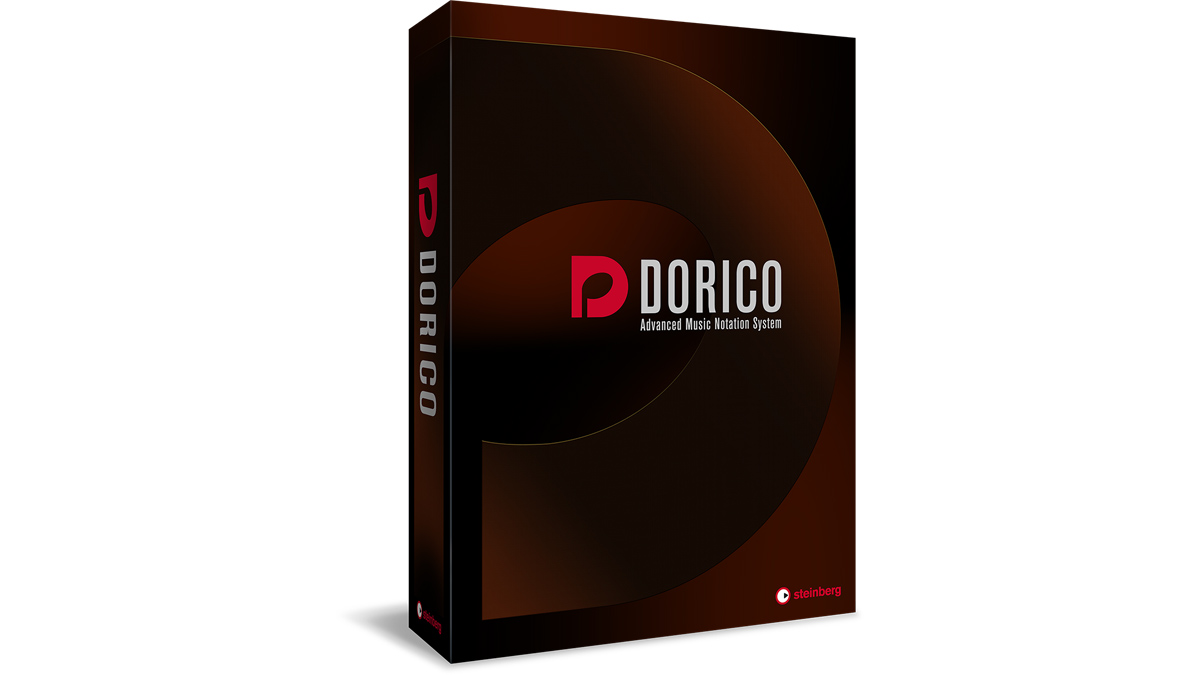Steinberg's new Dorico notation software has Sibelius pedigree
It'll be available in the fourth quarter of 2016

If you know your notation software, you'll be aware that, for the past few years, the team responsible for developing six major versions of the highly-respected Sibelius have been working on a completely new scoring application for Steinberg.
We now know that this will be released in the fourth quarter of 2016 and go by the name of Dorico. What's more, it promises the "perfect combination of power and simplicity".
With the feature list starting to take shape, we're told that Dorico will have a single-window interface and offer the most flexible note input and editing functionality of any scoring application. Users will be able to work entirely in open meter or freely rebar existing music, and work with an unlimited number of staves and movements, sections or pieces within the same project.
It seems that a lot of emphasis has also been put on the presentation of your notation, with Steinberg saying that "Dorico aims to fulfil the aesthetic demands of the most discerning engravers and publishers, providing extensive capabilities for graphical tweaking and editing".
What's more, there's every chance that the software will sound as good as it looks, shipping with a range of VST instruments and effects. These will include HALion Sonic SE and the entire HALion Symphonic Orchestra Library.
'Beautiful and useful'
Steinberg's Product Marketing Manager, Daniel Spreadbury, commented: "After working on Dorico for more than three years, we are excited to finally announce its name and forthcoming availability. All of us on the Dorico team are dedicated to be building the best, most beautiful and most useful tool for working with music notation, and we will continue to work hard over the next few months to refine the application before the first version is available for everybody to try for themselves.
"This is just the beginning of the journey, and we look forward to working with our user community to continue to shape Dorico into the ultimate tool for composing, arranging and publishing music."
Want all the hottest music and gear news, reviews, deals, features and more, direct to your inbox? Sign up here.
The full version of Dorico will cost €579 for PC and Mac, while the educational price for teachers and students will be €349. Those wishing to crossgrade from Sibelius or Finale will be able to do so for €299 for a limited time.
Find out more on the Steinberg website.
Steinberg Dorico features
- Next-generation 64-bit scoring software for OS X and Windows, designed by musicians for musicians
- Beautiful engraved output with unrivalled attention to detail
- Flexible note input and powerful editing, including ability to insert and change duration of existing notes
- Streamlined, single-window interface puts every tool at your fingertips
- Powerful score management features to handle multiple independent pieces of music within the same project
- Unlimited number of staves and movements, sections, or pieces within the same project
- Easily create layouts for full scores and instrumental parts with independent page size, staff size and system layout
- Use your computer keyboard or MIDI keyboard to input music quickly and efficiently
- Superior note spacing with optical kerning of adjacent elements, with tighter default spacing and no rhythmic distortion
- Import and export in MusicXML, MIDI and graphics formats
- Award-winning 32-bit floating-point Steinberg audio engine with flexible routing for virtual instrument and effect playback
- Compatible with VST 3 virtual instruments and effects processors
- Outstanding virtual instruments with more than 1,500 sounds, including HALion Sonic SE 2 workstation and complete HALion Symphonic Orchestra library
- Suite of high-end VST effect processors, including channel strip modules (compressor, EQ, limiter) and convolution reverb



I’m the Deputy Editor of MusicRadar, having worked on the site since its launch in 2007. I previously spent eight years working on our sister magazine, Computer Music. I’ve been playing the piano, gigging in bands and failing to finish tracks at home for more than 30 years, 24 of which I’ve also spent writing about music and the ever-changing technology used to make it.